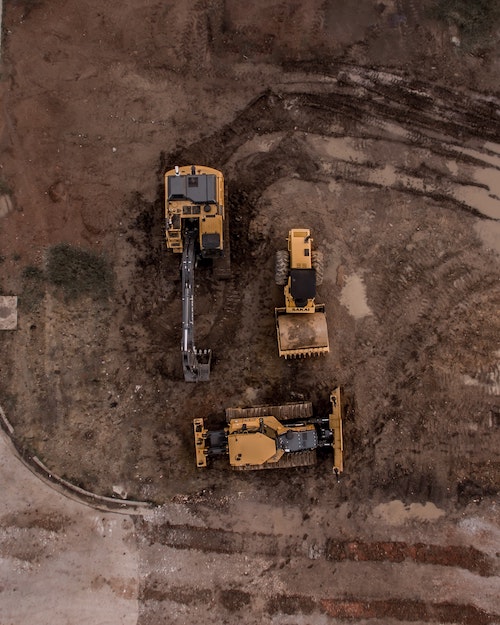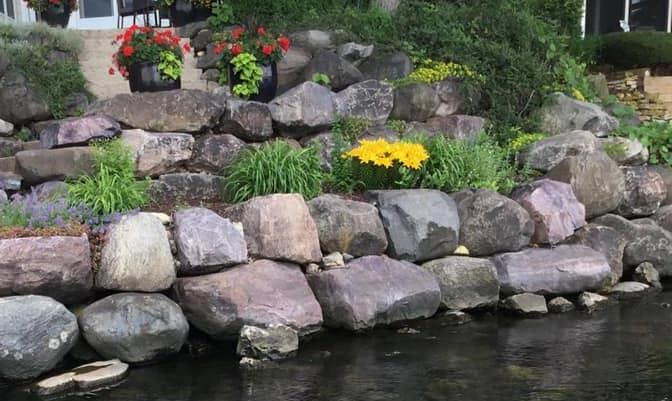What is Soil Stabilization?
Soil stabilization and polyurethane foam injection are two important technologies used in the construction industry. These methods are used to stabilize soil for construction projects, reduce settlement, mitigate ground subsidence, or provide a sound foundation for any structure. Soil stabilization is achieved by using admixtures that help bind soil particles together and create a more stable base.

Definition of soil stabilization:
Soil stabilization is a process by which soil particles are bound together to form a stable surface for construction projects. The process of adding admixtures such as polyurethane foam helps bind the soil particles firmly in place and increases its shear strength, bearing capacity, and permeability.
Why is soil unstable?:
Soil instability can be caused by a variety of factors, such as improper compaction, excessive moisture content, a lack of organic material or vegetation in the soil, and weathering. Instability can also occur if the underlying soil is too sandy or contains too much clay. These issues can cause the ground to move or shift over time, leading to a weakened foundation or even settlement of buildings. This can become very costly and unsafe.
 What types of projects is soil stabilization & foam injection good for?:
What types of projects is soil stabilization & foam injection good for?:
Polyurethane foam injection is great for commercial settings like highways, bridges, and sea-walls, but it is also suitable for residential applications such as foundation repair. This method is often used to fill voids in the soil or rock prior to construction, reduce settlement, increase the load-bearing capacity of soils, and mitigate erosion. It can also be used to reduce water infiltration into a building’s foundations which can help prevent costly structural damage. It can also be performed under concrete settings by drilling holes and filling in the soil underneath. Poly foam injection is a great option for many projects as it provides fast, effective stabilization and requires minimal equipment and disruption to a work site.
Overview of common methods used for soil stabilization:
The most common methods used for soil stabilization are full-depth reclamation (FDR), lime or cement-based admixtures, soil mixing, grouting, and polyurethane foam injection. Each of these techniques has its advantages and disadvantages, which should be taken into account when selecting the appropriate method for a project. Full Depth Reclamation (FDR) is especially useful when a large area needs to be treated as it requires minimal excavation. Lime or cement admixtures are typically used for soil stabilization to improve its strength and durability, and reduce settlement. Soil mixing involves adding materials such as sand, lime, or cement into the existing soil to bind particles together and increase its load-bearing capacity. Lastly, polyurethane is generally the preferred method of stabilizing soil for most projects, and also has the benefit of being one of the most cost-effective methods for soil stabilization.
Benefits of poly foam injection:
Poly foam injection is a relatively new technology that has become very popular in the construction industry. This method uses polyurethane foam which is injected into soil or rock to help stabilize it and increase its load-bearing capacity. The most significant advantage of using poly foam injection is that it can be used in almost any environment, from soft soils to hard rock formations. This method is also relatively quick and requires minimal equipment and disruption to a workspace, making it a cost-effective solution for many projects. Additionally, polyfoam injection can be used to fill voids in the soil or rock which helps improve its stability and reduce settlement. Lastly, this technique has been proven to be an effective way of reducing water infiltration into a building’s foundation, which can help prevent costly structural damage.
How does poly foam injection work?:
Poly foam injection works by injecting a two-part polyurethane foam into the soil or rock. This foam expands and bonds to the surrounding material, creating a strong bond that helps stabilize and increase its load-bearing capacity. The process is relatively straightforward and requires minimal disruption or equipment; however, it should always be performed by an experienced technician to ensure that it is done correctly and safely.
Conclusion:
Soil stabilization is essential for any construction project. Polyfoam injection is one of the most efficient, cost-effective methods available, and can be used in almost any environment to provide quick, effective stabilization and reduce water infiltration.
If you need soil stabilization contact us today. Quantum Concrete Leveling of Vancouver specializes in soil stabilization and concrete leveling and can provide the right stabilization solution for your project. Schedule your FREE, No-Pressure Estimate today.

 What types of projects is soil stabilization & foam injection good for?:
What types of projects is soil stabilization & foam injection good for?: